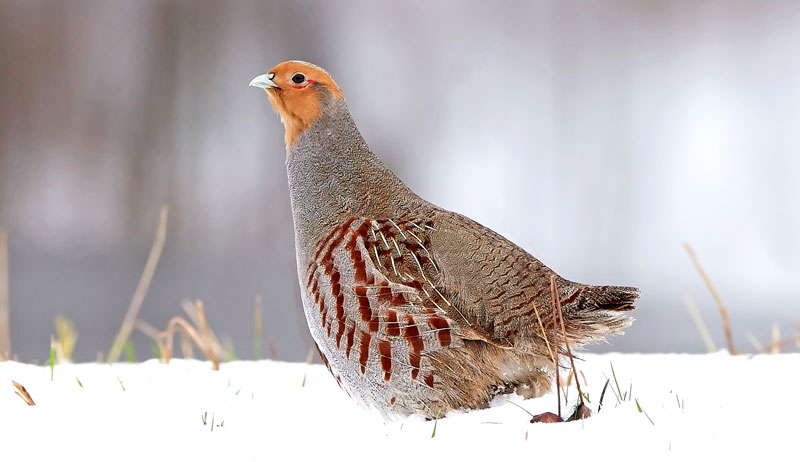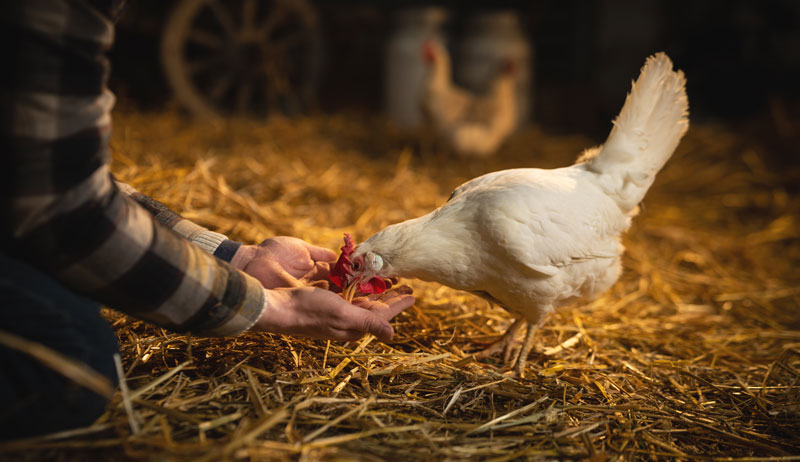Homemade fire starters are a simple, affordable way to get a bonfire, campfire, or backyard fire pit going quickly. You can certainly buy fire starters, but making them yourself is cost-effective, customizable, and surprisingly fun. With just a few basic supplies and some natural materials you may already have on hand, you can create beautiful, reliable fire starters that also make thoughtful gifts.
There are all kinds of materials you can use when making homemade fire starters—everything from dryer lint and paper towel tubes to dried twigs, pinecones, and other natural finds. The version I’m sharing here is one of our favorites because it’s both practical and pretty, with plenty of ways to customize each fire starter. We love them so much that we make extra batches every fall to package up as gifts for friends and family.
This homemade fire starter project is simple, enjoyable for all ages, and visually appealing. I first discovered a version like this while thrifting years ago and decided to put my own twist on it. Since then, it has become a fall tradition in our family that everyone looks forward to each year.
Supplies You’ll Need for Homemade Fire Starters
Before you get started, gather the following basic supplies. These are easy to find, and most are likely already around your home. You can also customize your fire starters with optional natural embellishments to make them unique and gift-worthy.
Basic Supplies:
- Paper cupcake liners or silicone muffin liners
- Cotton or hemp candle wicks/thread (remove any metal tabs if necessary)
- 1-pound bag of soy or beeswax pellets
- Muffin pan
- Scissors
- ¼ cup measuring cup for scooping and pouring wax
Optional Decorative & Fragrant Add-Ins:
- Homegrown or chemical-free dried flowers (marigolds, strawflowers, calendula, lavender, rose)
- Whole cinnamon sticks (cut in half if long) or other dried spices such as cloves, allspice, or star anise
- Dried citrus slices or other dried fruit
- Cedar wood chips or pine shavings
- Coffee beans
- Small chemical-free pinecones
- Dried rosemary
- Pine tree clippings
Tip: Using natural materials not only makes your fire starters prettier but can also add subtle aromas while they burn.

How to Make Your Homemade Fire Starters
- Preheat the oven to 300°F (or follow your wax packaging instructions for temperature).
- Prepare the cupcake liners by placing them in a muffin tray. Decide how many fire starters you want to make and line the tray accordingly.
- Add the wax pellets by scooping a heaping ¼ cup into each liner. Wipe away any spilled wax to keep the tray clean.
- Melt the wax in the oven until fully liquefied. Keep an eye on the wax, as different brands may melt at slightly different temperatures. For example, soy wax usually melts around 160°F and takes about 13 minutes in the oven.
- Cut your wicks to about 4 inches long while the wax is melting, so they’re ready to insert.
- Place the wicks in the center of each melted wax cup carefully.
- Decorate your fire starters with the optional natural materials of your choice—dried flowers, spices, citrus slices, pine shavings, or coffee beans. Fit as many as you can without overcrowding the wick.
- Let the wax harden by leaving the fire starters in the muffin tin at room temperature, out of direct sunlight. This usually takes a few hours, or overnight for best results.
- Remove and store your fire starters. If using silicone liners, peel them off before lighting. Otherwise, keep the liners intact for easy handling.
Safety Tip: Always keep children and pets away while making or using fire starters, never leave a fire unattended, and only use these outdoors.

How to Use Your Homemade Fire Starters
- Place the fire starter under dry wood in your fire pit, campfire, or fireplace.
- Light the wick carefully—never hold the fire starter in your hand while lighting.
- Allow the fire starter to burn completely, helping to ignite the surrounding wood.
- Enjoy your fire safely and responsibly!
Pro Tip: If you used silicone cupcake liners, remove them before lighting, as they are not meant to burn.
Safety Tips and Notes
- Keep all fire starters out of reach of children and pets.
- Never leave a fire unattended.
- These fire starters are for outdoor use only.
- Consider using compostable, bleach-free, and chlorine-free cupcake liners for an eco-friendly option.
- Always follow the manufacturer’s instructions when melting wax, as different waxes can have different temperatures and handling requirements.
Frequently Asked Questions
Q1: How long do homemade fire starters burn?
Most homemade fire starters burn for about 5–10 minutes, depending on size and materials. That’s usually enough to ignite your wood for a fire.
Q2: Can I use these fire starters indoors?
No. These fire starters are intended for outdoor use only, such as a fire pit, campfire, or backyard bonfire.
Q3: Can I use paraffin wax instead of soy or beeswax?
Yes, but be aware that paraffin wax may produce more smoke and is less eco-friendly than natural wax options. Always follow proper safety precautions.
Q4: Can I customize the scent or appearance?
Absolutely! Dried flowers, spices, citrus slices, pine shavings, and coffee beans all make great additions that add fragrance and visual appeal.
Making homemade fire starters is a fun, affordable, and creative way to enhance your fires, whether in your backyard or on a camping trip. With just a few simple supplies and some natural embellishments, you can craft fire starters that are functional, beautiful, and even gift-worthy. Once you try this project, it’s easy to see why it has become a seasonal tradition for many families—lighting a fire has never felt more personal or festive.
This article about how to make homemade fire starters was written for Hobby Farms magazine. Click here to subscribe.
















